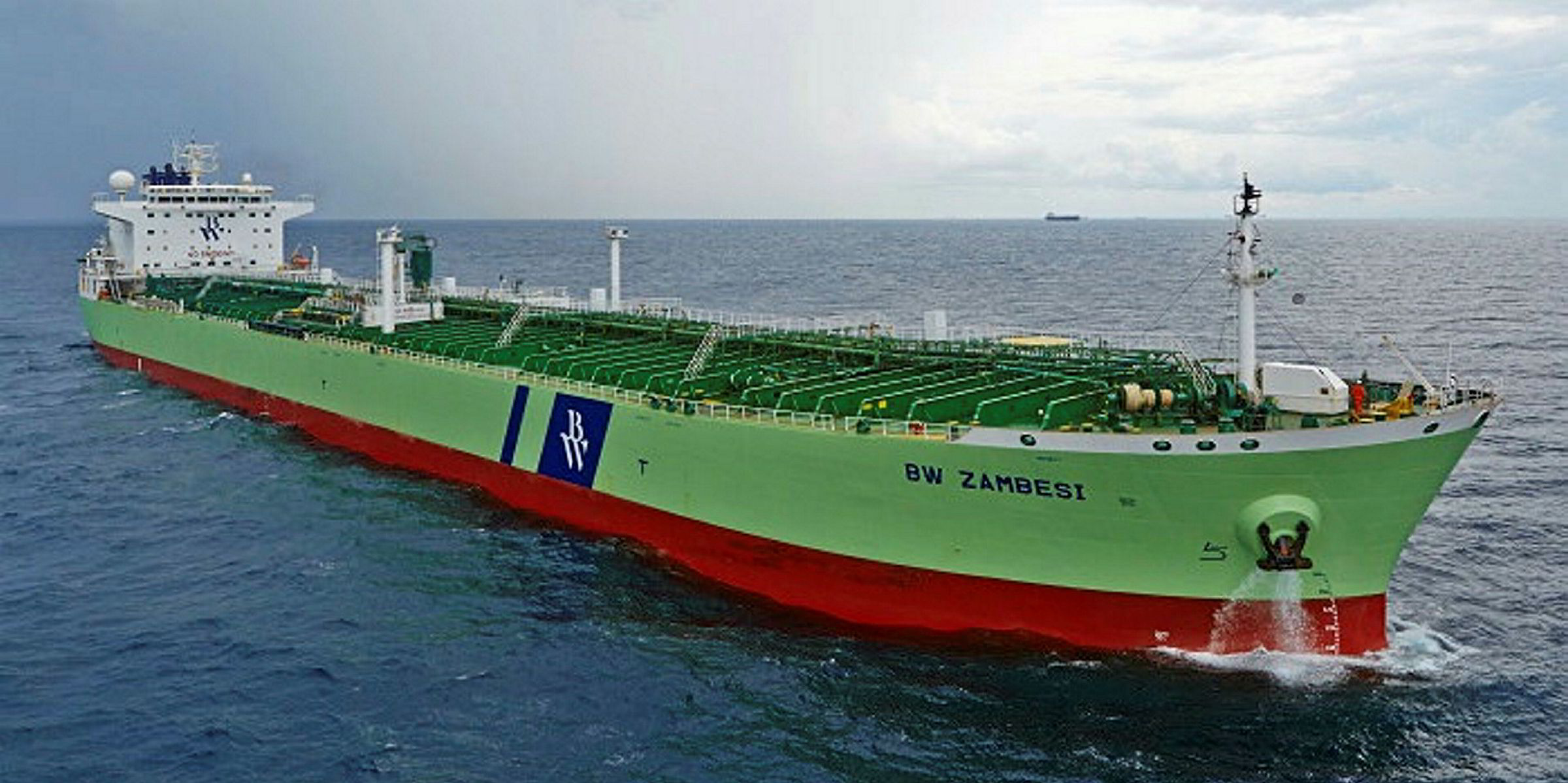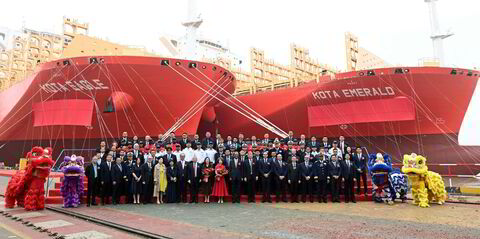LR product tanker earnings are starting to pick up again, and optimists are betting that the return of naphtha purchases in the Middle East and IMO 2020 will support the market going forward.
But there are warnings that US shale output will derail the optimism.
Based on Clarksons Platou Securities’ assessments, LR2 earnings have recovered to $15,600 per day as of Wednesday, while LR1s have bounced back to $12,500 per day. Both segments had dipped below the five-figure mark for most of July.
The recovery has been triggered by reduced tonnage in the Middle East, where Asian buyers are returning to lift naphtha for restocking, according to brokers and other market experts.
Cracker maintenance
“LR freight rates were soft in the recent months mainly because of the cracker maintenance season in Asia,” Drewry’s lead tanker analyst Rajesh Verma told TradeWinds.
“As most of the crackers have now returned from the maintenance and cracker capacity is expected to expand in the second half of 2019, the outlook for the sector is positive.”
Many industry participants have also pointed out that the IMO’s new fuel sulphur cap — which the International Energy Agency estimates could boost demand for distillates by one million barrels per day (bpd) in 2020 — will lift product tanker earnings further.
“We do expect a strong rebound as we move in the back end of the third quarter as we position into a seasonally-stronger quarter, enhanced by the supply requirements by IMO 2020,” Scorpio Tankers commercial director Lars Dencker Nielsen said during a recent conference call.
We expect to see increased market volatility at the margin and incremental demand igniting this market as we move forward into the fourth quarter and 2020
Lars Dencker Neilsen
“We expect to see increased market volatility at the margin and incremental demand igniting this market as we move forward into the fourth quarter and 2020.”
While the boost from the bunker rules is expected to last for several quarters, Braemar ACM warns that LR vessels could be facing long-term weakness in their fundamental trade.
Maintrade weakens
Shipbrokers’ figures show East Asia naphtha imports accounted for just under one-third of LR2 tonne miles and one-fifth of LR1 tonne miles in 2018.
But Anoop Singh, Braemar ACM’s regional tanker research head, points out rising US crude, LPG and chemical exports on the back of shale output could reduce naphtha imports in Asia in the long run.
Asian refineries are achieving higher yields of naphtha with increasing use of light crude, which mainly comes from the US, according to Singh. This reduces the region’s import requirements.
“This trend is likely to continue as US crude production and exports grow,” Singh said. “With increasing shale output from the Permian region, the Energy Information Administration has forecast US crude production to average 12.3 million bpd in 2019 and 13.3 million bpd in 2020, compared with the 2018 level of 11 million bpd.”
Moreover, Singh predicts incremental LPG supplies from the US and elsewhere would incentivise Asia petrochemical producers to use more LPG as feedstock instead of naphtha.
LPG expansion
The producers tend to use more LPG in the second quarter, when propane prices are seasonally weak, but they would gradually switch back to naphtha by the fourth quarter.
But global LPG supplies are rising. Enterprise Products Partners will expand its LPG terminal in Houston by 175,000 bpd in the second half of this year and by another 260,000 bpd by the end of September 2020.
In Canada, AltaGas commissioned a 1.2 million tonnes per year terminal at Ridley Island in British Columbia last quarter. The Prelude and Ichthys projects in Australia can produce 2.05 million tonnes of LPG per annum.
“This year, we expect an additional 150,000 bpd of propane to reach North Asia over the winter, adding nearly 20% to the region’s current imports. The higher supply of propane is likely to keep its price low and its discount to naphtha wide enough for petrochemical producers to continue to maximise propane use through the winter,” Singh says.
However, Nielsen suggests naphtha’s price could also fall to increase its competitiveness as feedstock, if demand decreases significantly.
“If history repeats itself, prices revert to mean in any case. And naphtha will price itself in. These things, they obviously move on a daily basis, and they are constantly in flux,” Nielsen said.
With rising ethane production, the US has been bringing several ethane crackers online. These plants mainly produce ethylene, which could be exported to Asia on a large scale when more export infrastructure is in place.
“The US is likely to increase exports of ethylene to the Far East, competing with North Asian crackers,” added Singh, adding that weaker margins could reduce the crackers’ naphtha needs.
“We expect imports to remain weak over the rest of the year, contrary to its typical seasonality, with risk of longer-run stagnation,” Singh said.







